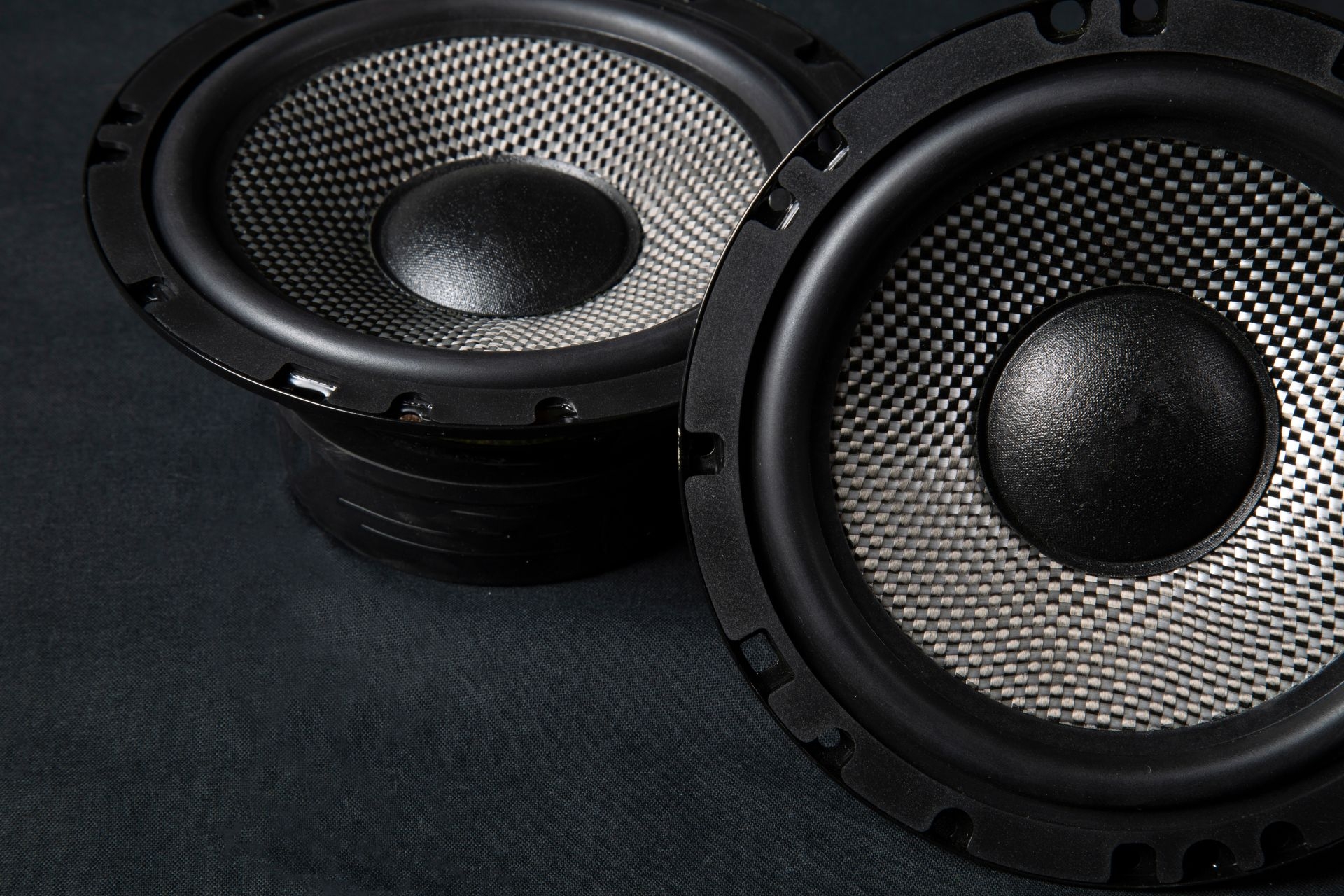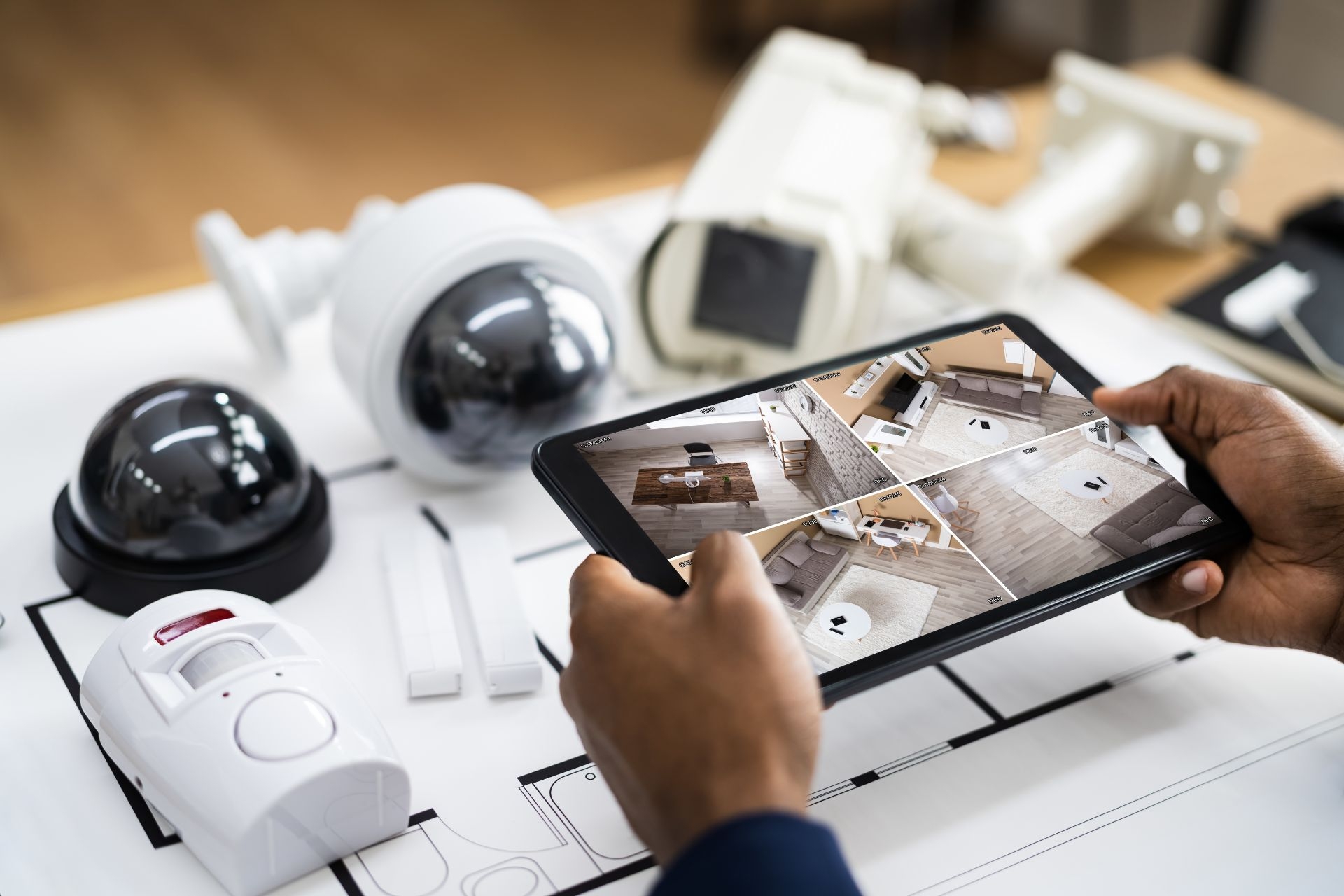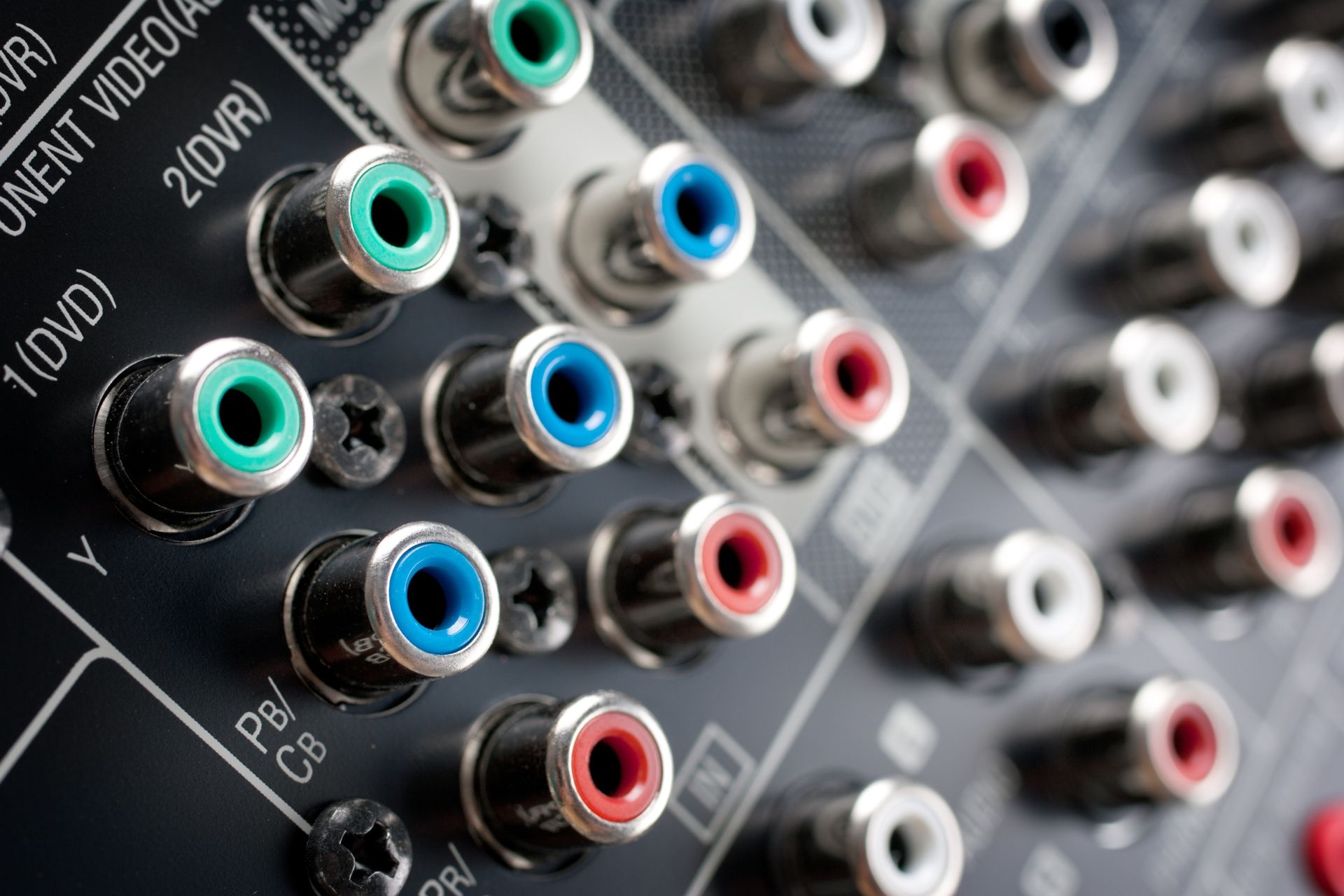Indoor PTZ Surveillance Cameras
How does the pan-tilt-zoom (PTZ) function work on indoor surveillance cameras?
The pan-tilt-zoom (PTZ) function on indoor surveillance cameras allows users to remotely control the camera's movement in multiple directions. The pan function enables the camera to rotate horizontally, the tilt function allows for vertical movement, and the zoom function allows users to adjust the camera's focal length to zoom in or out on specific areas of interest within the camera's field of view.



